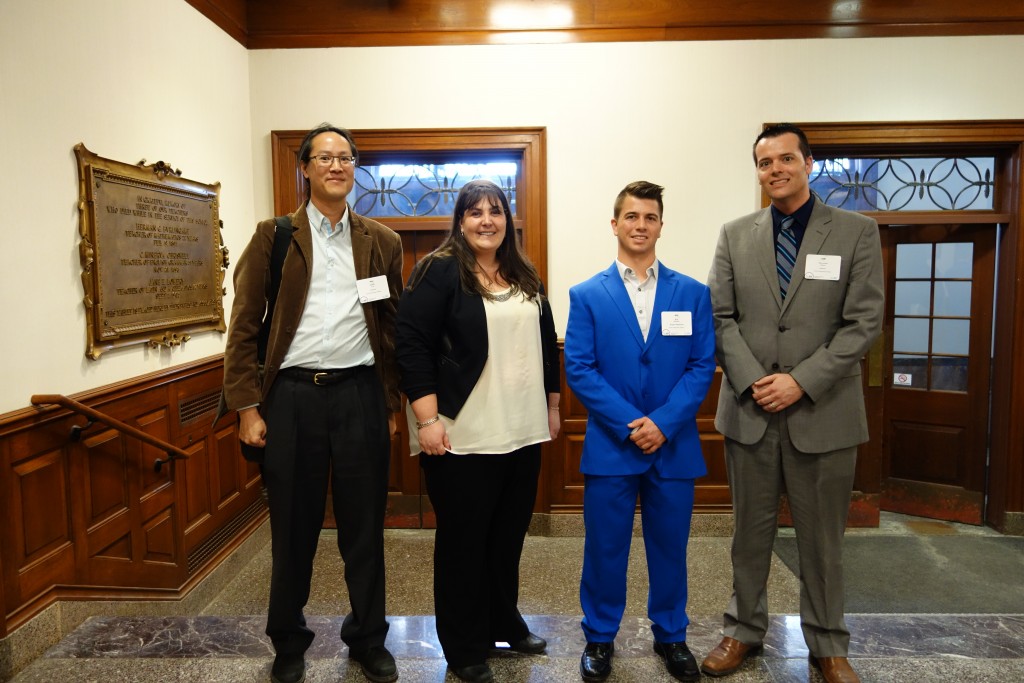Faculty activities
 Kazuko Behrens, assistant professor of psychology, presented “Attachment Security and Self-Concept in Middle Childhood” (with David Franklin) and “Are amayakasu mothers ideal mothers?: A Q-sort study in Japan” (with Kiyomi Kondo-Ikemura) at the Society for Research in Child Development 2015 Biennial Meeting, March 19-21, Philadelphia, Pa.
Kazuko Behrens, assistant professor of psychology, presented “Attachment Security and Self-Concept in Middle Childhood” (with David Franklin) and “Are amayakasu mothers ideal mothers?: A Q-sort study in Japan” (with Kiyomi Kondo-Ikemura) at the Society for Research in Child Development 2015 Biennial Meeting, March 19-21, Philadelphia, Pa.
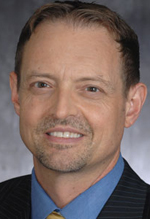 Assistant Professor of Technology Management Robert Edgell’s “Academic Minute” audio essay was featured on the WAMC Northeast Public Radio program “The Best of Our Knowledge” in April. His essay was devoted to an analysis of architectural technology management. A second essay, on creativity and community, was featured in June.
Assistant Professor of Technology Management Robert Edgell’s “Academic Minute” audio essay was featured on the WAMC Northeast Public Radio program “The Best of Our Knowledge” in April. His essay was devoted to an analysis of architectural technology management. A second essay, on creativity and community, was featured in June.
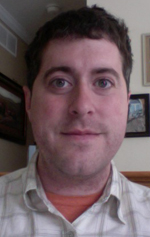 Ryan Lizardi, assistant professor of digital media design and humanities, presented “The Ultimate NES Remix of the Past: Nintendo’s Exploitation and Commodification of Fan Nostalgia” at the International Association for Media and History Conference, June 17-20, Bloomington, Ind.
Ryan Lizardi, assistant professor of digital media design and humanities, presented “The Ultimate NES Remix of the Past: Nintendo’s Exploitation and Commodification of Fan Nostalgia” at the International Association for Media and History Conference, June 17-20, Bloomington, Ind.
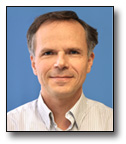 Daniel Yaciuk, advised by Edmond Rusjan (left) and Andrea Dziubek (below, right), presented “Numerical Computation of Darcy Flow using DEC at HRUMC XXII, the Hudson River Undergraduate Conference in Mathematics, April 11, at Union College, Schenectady, N.Y.
Daniel Yaciuk, advised by Edmond Rusjan (left) and Andrea Dziubek (below, right), presented “Numerical Computation of Darcy Flow using DEC at HRUMC XXII, the Hudson River Undergraduate Conference in Mathematics, April 11, at Union College, Schenectady, N.Y.
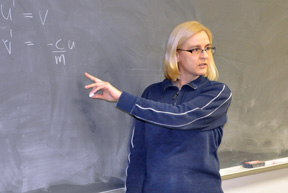 Abstract
Abstract
Discrete Exterior Calculus (DEC) is a framework to transition from differential forms to discrete matrices and vectors. DEC relies on a backbone of differential geometry and topology. It is often more practical to perform computations in the discrete form than the differential form. One of DEC’s many uses is calculating Darcy flow on a surface. In this talk I will discuss theory and go through an example.
Crystal Bastien and Kyle Brubaker presented at SURC 2015, the SUNY Undergraduate Research Conference, April 10, Brockport, N.Y. Bastien, advised by Kathryn Stam, Daryl Lee and Patricia Murphy, presented “Culturally Competent Health Care Services: Overcoming Language Barriers in Utica, New York.” Brubaker, advised by Alexander Bulson, presented “Utilizing the e-Portfolio to Help Create the Next Stepping Stone in an Undergraduate Student’s Career.”
Bastien’s Abstract
The purpose of this research project is to investigate culturally competent healthcare practices in regards to language barriers faced by immigrants and physicians in Utica, New York, using concepts and models employed within cultural ethnography and medical sociology. Striving for culturally competent healthcare includes overcoming language differences to help establish a patient/physician relationship. The biopsychosocial model of medical sociology stresses the importance of establishing effective communication for a better patient/physician relationship within the patient–centered approach to medical care. Utica, New York has a growing population of immigrants from numerous countries, most of whom speak no or very little English. The biopsychosocial model recognizes that a patient must be addressed as a whole person and that effective communication needs to be established, including overcoming any language barriers. This research identifies the National Standards for Culturally and Linguistically Appropriate Services in Healthcare (CLAS) and analyzes the extent to which the area’s healthcare groups have adopted those standards. The research employs open-ended survey/interview questions to gain insight on the concerns that the area physicians, immigrants and interpreters have with the adopted culturally competent healthcare practices, especially those related to the patient/physician relationship of non-English speaking patients. This project is designed to identify common areas of concerns in culturally competent healthcare practices and to help area physicians, healthcare administrators and the larger community understand the problems Utica New York faces to prevent any possible breakdowns in culturally competent healthcare in the near future.
Brubaker’s Abstract
Much like traditional paper portfolios, the electronic portfolio affords college students a web-based way to show off a collection of work. Through the use of ePortfolios, college students are able to showcase a collection of evidence that displays their learning journey over time. An ePortfolio may include major-related writing samples, research projects, presentations, observations by mentors/peers, videos, photographs, and/or reflective thinking. These artifacts help to provide a prospective employer with a well-balanced view of the candidate’s competencies perhaps unattainable through an academic transcript alone. As they acquire artifacts through their education/training, and since students own their ePortfolios, they can constantly build upon their collection. Possibly, web-based ePortfolios can help college graduates differentiate themselves in the job market. Online questionnaire polls were administered to several Utica, New York-area employers to assess the value of ePortfolios in the hiring process of candidates for entry-level positions requiring a STEM (Science, Technology, Engineering, Math) bachelor’s degree. Our results suggest that the utilization of web-based ePortfolios to showcase SUNY Polytechnic Institute undergraduate students’ growth, development, and skill attainment to prospective employers is becoming necessary.
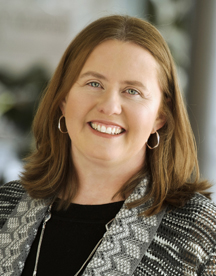 Kathryn Stam, associate professor of anthropology, attended the White House “Champions of Change” event in recognition of research and community activities, June 24-25, Washington, D.C.
Kathryn Stam, associate professor of anthropology, attended the White House “Champions of Change” event in recognition of research and community activities, June 24-25, Washington, D.C.
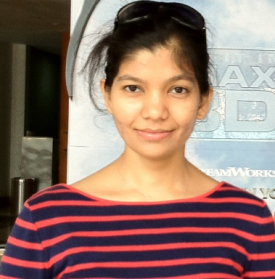 Roopa Vishwanathan, assistant professor of computer science, presented “Expiration of Revocation of Keys for Attribute-based Signatures” at the Working Conference on Data and Applications Security and Privacy July 12-15, Fairfax, Va.
Roopa Vishwanathan, assistant professor of computer science, presented “Expiration of Revocation of Keys for Attribute-based Signatures” at the Working Conference on Data and Applications Security and Privacy July 12-15, Fairfax, Va.
Recent Comments
Archives
- September 2018
- August 2018
- May 2018
- April 2018
- March 2018
- February 2018
- January 2018
- December 2017
- November 2017
- October 2017
- September 2017
- May 2017
- April 2017
- March 2017
- February 2017
- January 2017
- December 2016
- November 2016
- October 2016
- September 2016
- August 2016
- May 2016
- April 2016
- March 2016
- February 2016
- January 2016
- December 2015
- November 2015
- October 2015
- September 2015
- August 2015
- May 2015
- April 2015
- March 2015
- February 2015
- January 2015
- December 2014
- November 2014
- October 2014
- September 2014
- August 2014
- May 2014
- April 2014
- March 2014
- February 2014
- January 2014
- December 2013
- November 2013
- October 2013
- September 2013
- August 2013
- June 2013
- May 2013
- April 2013
- March 2013
- February 2013
- January 2013
- December 2012
- November 2012

